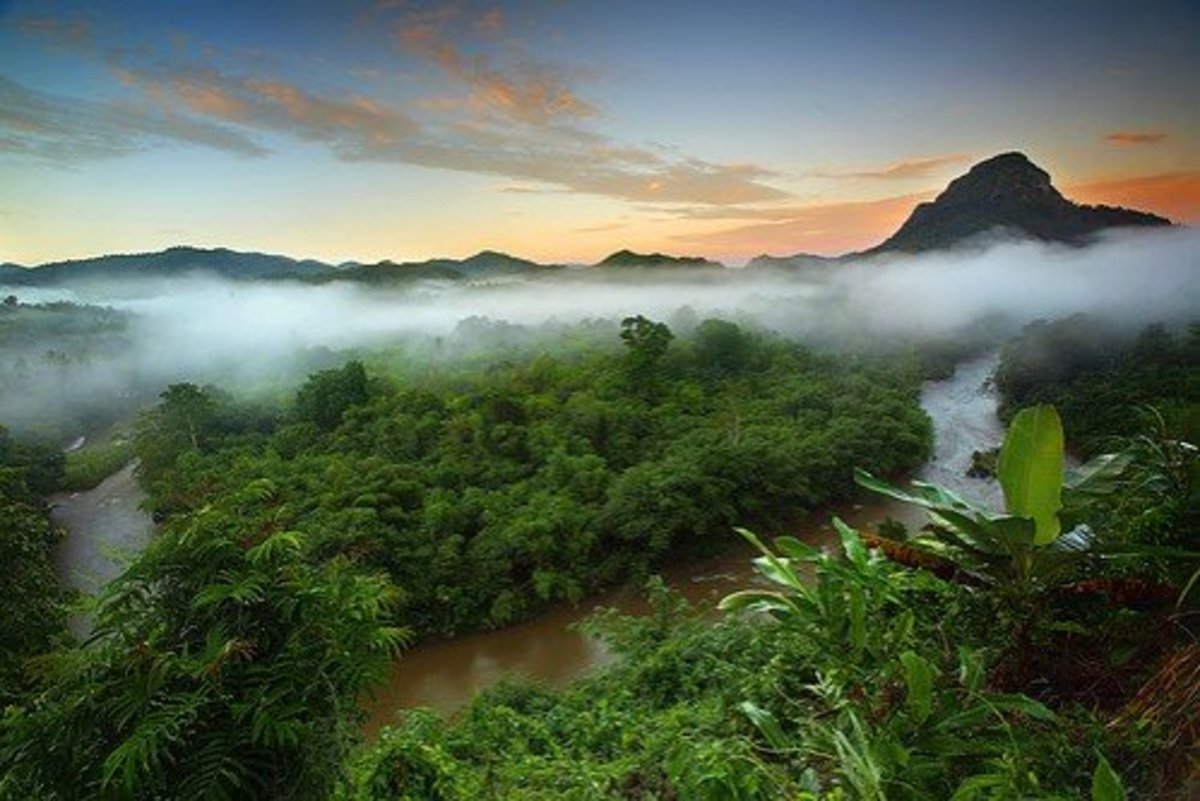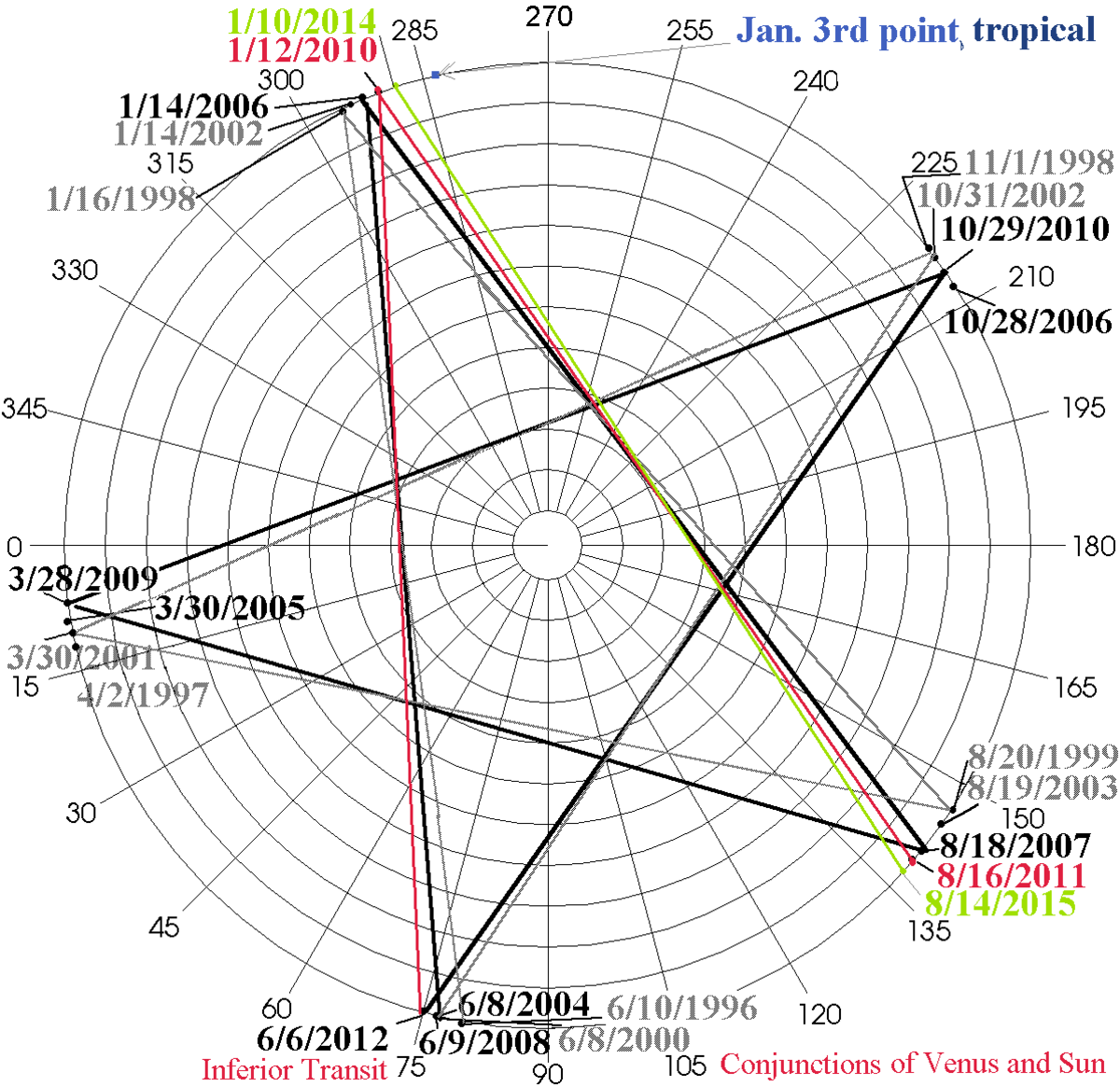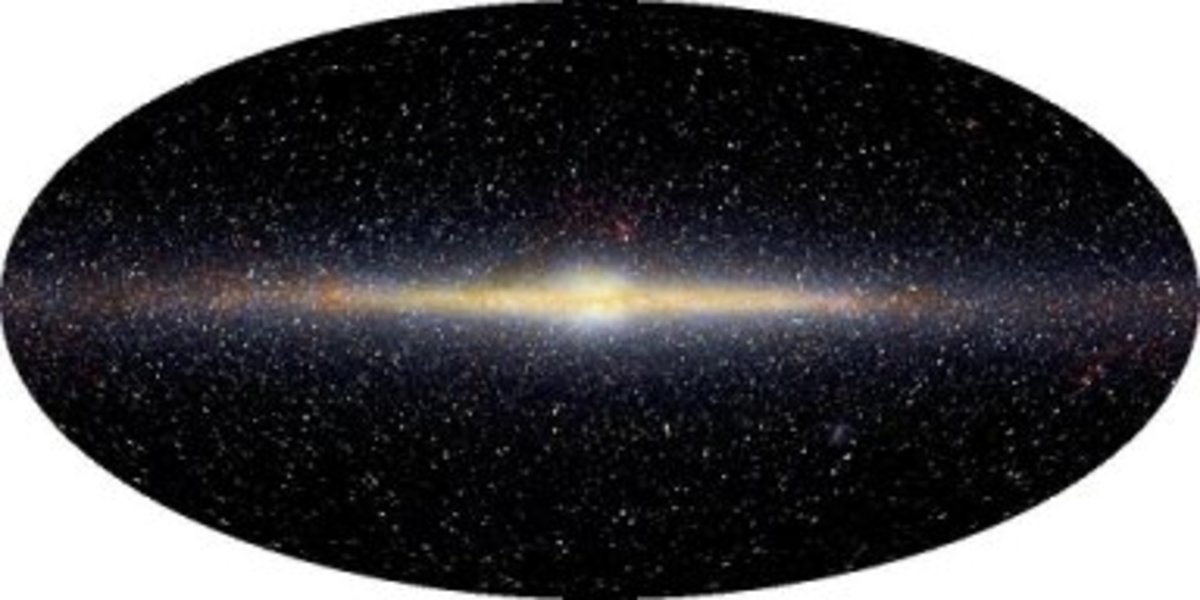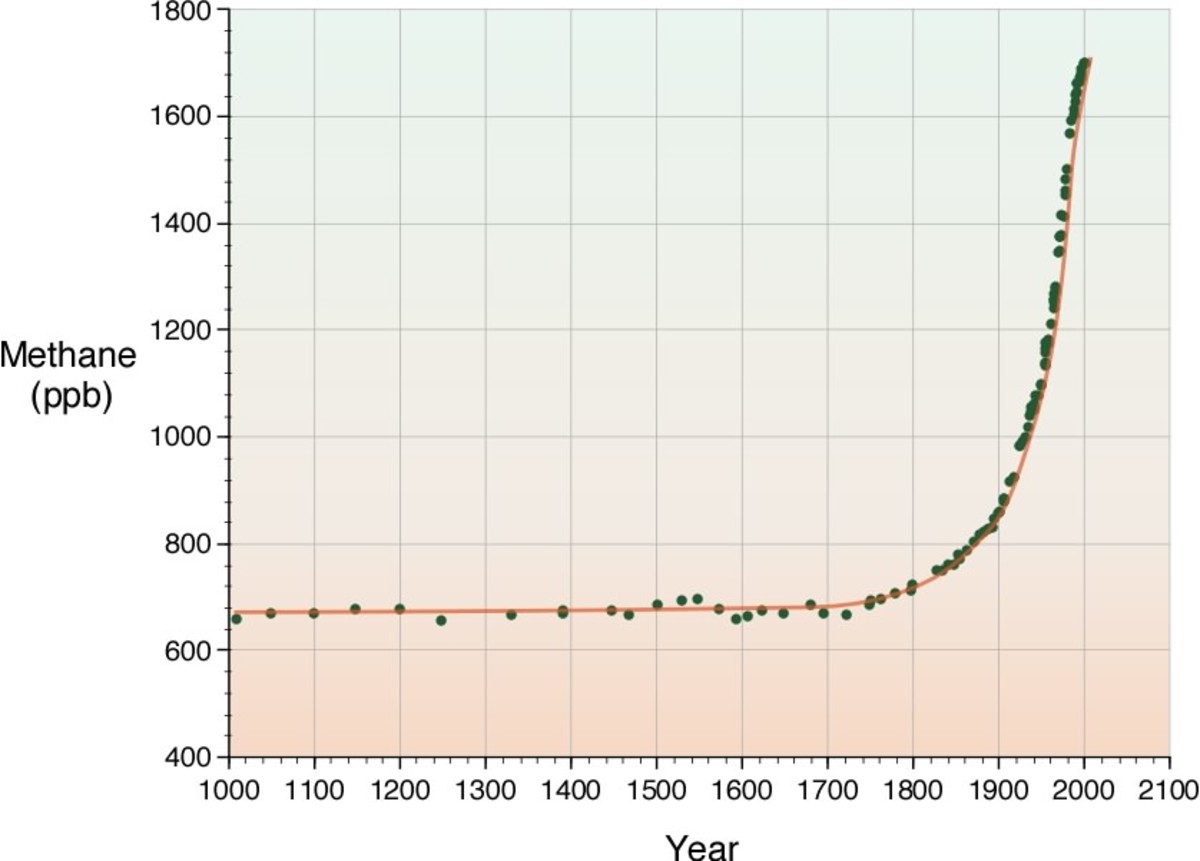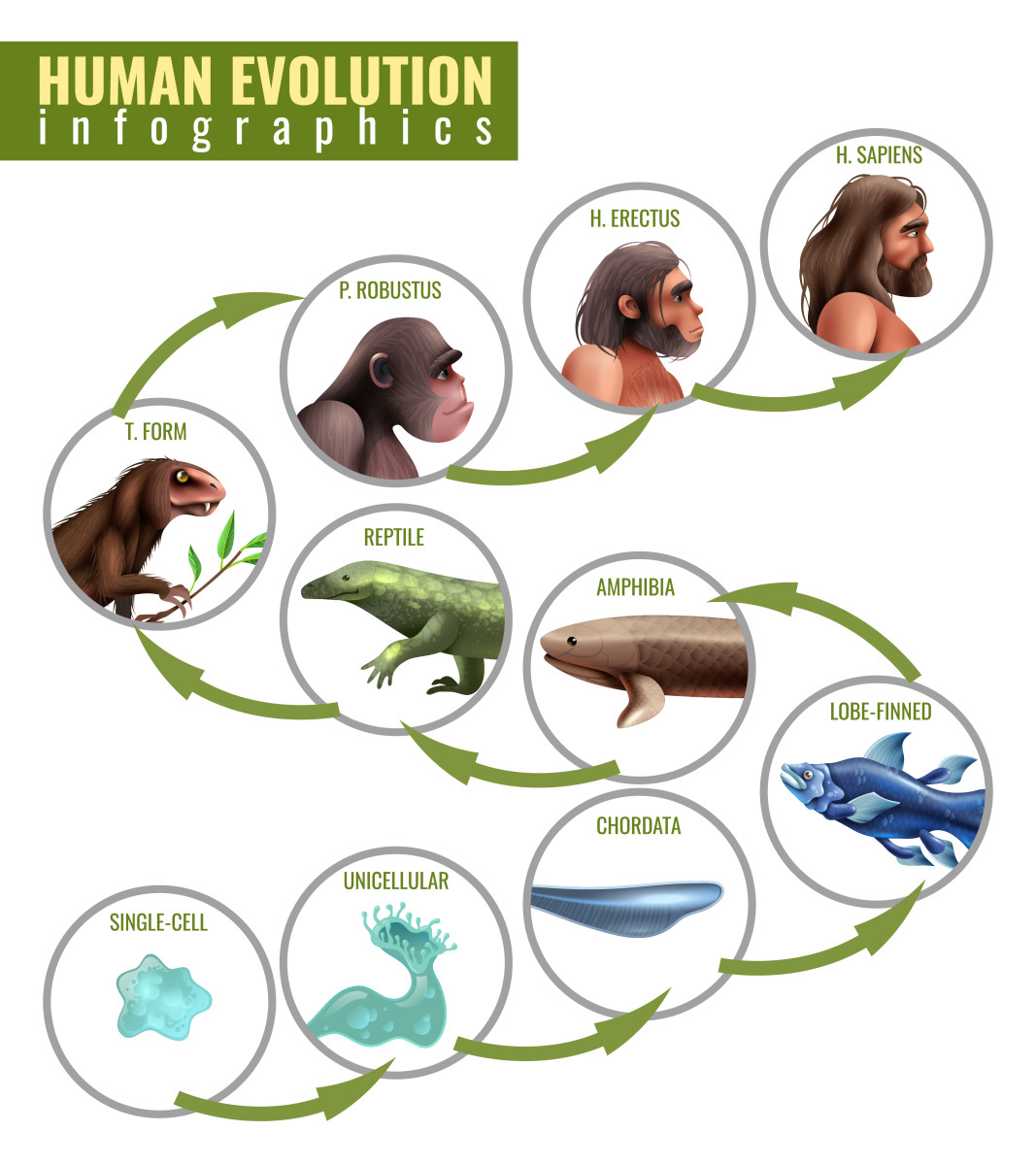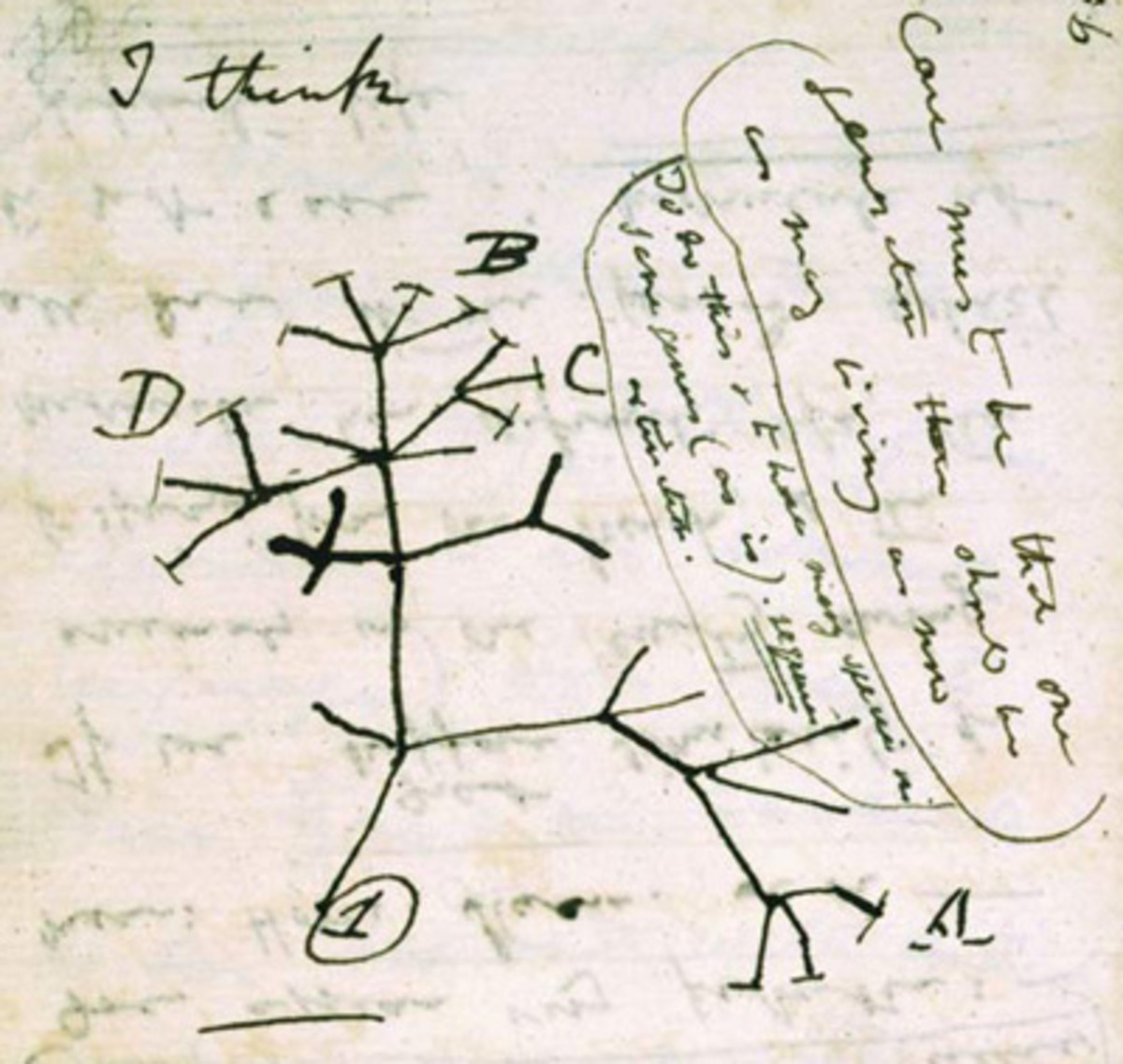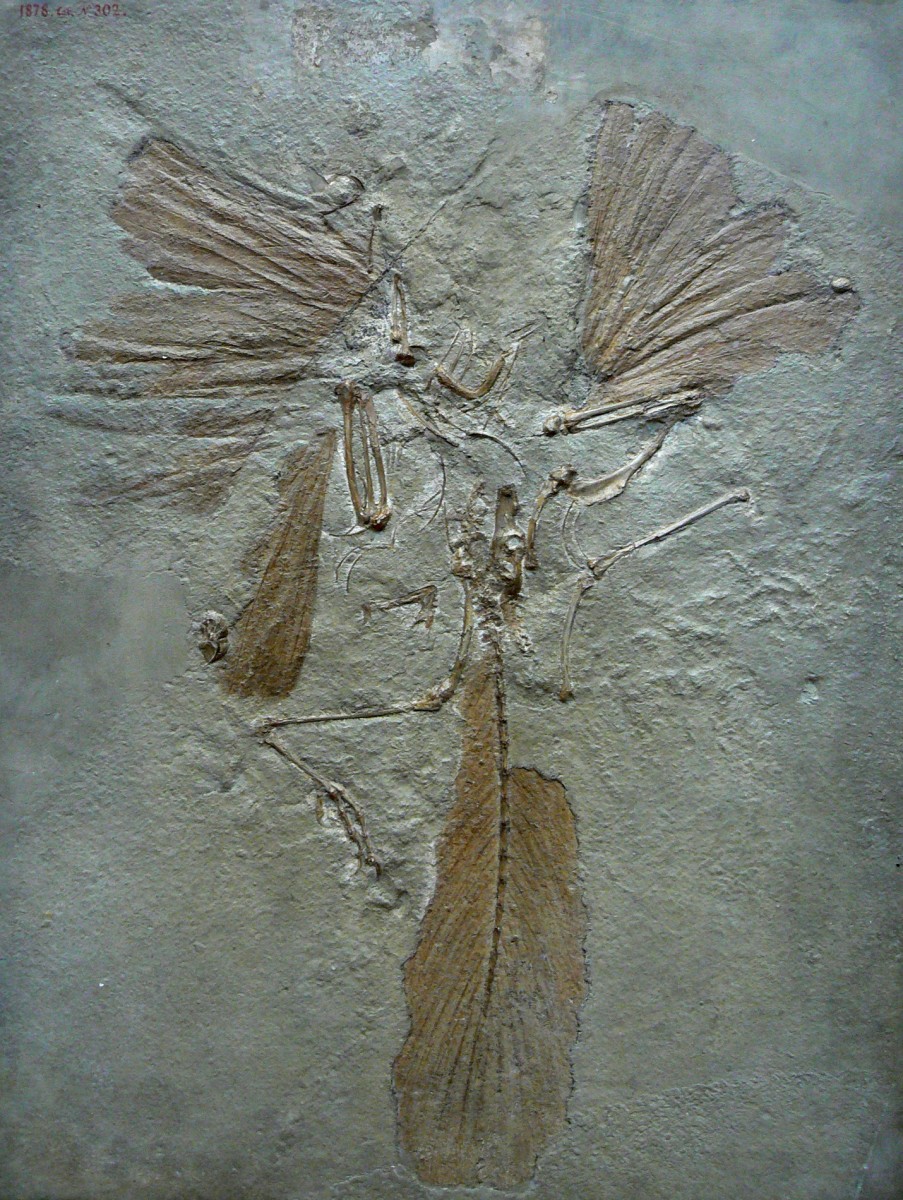Evolution of Animals and Plants Changed Planet Earth
Cyanobacteria started life on Earth
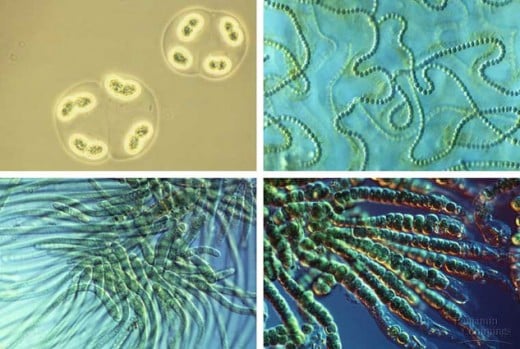
Since the dawn of life, it has been changing the atmosphere and climate
From out of the dim reaches of the past, through the extremes of the nebular condensation, to the heavy bombardment and ending in the stabilization era, Earth was not suitable for life. But starting about three and a half billion years ago, there was a dramatic change. Life appeared and began to change the Earth in a new way. For the next three billion years life was restricted to microbes like cyanobacteria and stromatalites. These lived in an oxygen free environment as the early days of Earth had an atmosphere of methane, carbon dioxide and sulphur dioxide. Cyanobacteria and Stromatolites produce oxygen as a waste product. What kept the atmosphere from reverting to oxygen early on was the presence of iron which rusted by absorbing the freed oxygen. Once that iron was all rusted, then oxygen had no place to go but into the water and atmosphere. It accumulated to a level of about 33 percent oxygen by 600 million years ago. From about 570 million years on, life took a dramatic turn toward complexity. Today, oxygen content has been stabilized at about 21 to 22 percent. The early atmosphere was thought to be much denser than it is now. Most of the carbon dioxide was removed and oxygen was added. The presence of a high amount of nitrogen in the atmosphere attests to the density of the past as nitrogen is relatively rare on the terrestrial planets, except for the Earth, which has a lot. The large amount of rusted iron (iron oxide) is another testament of an early denser atmosphere and Earth holds that in common with Mars.
Life began in the sea and started early in adapting the environment. In the case of cyanobacteria, it coloured the early oceans a deep green blue in marked contrast to brownish to orange skies. Cyanobacteria need to be near the surface to collect light efficiently. Other bacteria utilized sulphur dioxide in order to obtain energy. These types now live only in volcanic vents where that gas is present. These vents can be on land or deep in the ocean near "smokers". Stomatolites build structures that if extrapolated to the human level would result in buildings that would dwarf the pyramids considerably. This is how they did it. Dust would settle on colonies and the bacteria would have to migrate to the surface. In so doing, they fused the dust under them into cement like substance. Stromatolites still live off the west coast of Australia. There are whole regions where the tops emerge at low tide. Much of the western region of Australia is made up of ancient stromatolite colonies. They are also found elsewhere all over the world along what are thought to be ancient shorelines.
Complex multicellular life began in the oceans and it took some strange twists and turns in evolution. The first forms that are still present today, were jellyfish and worms. Slowly fish, shelled and bony evolved. These creatures were able to extract carbon dioxide and form shells and bones using calcium carbonate. Almost all of the accumulated calcium carbonate in the form of chalk to limestone was formed by sea creatures from the beginning to now. Otherwise, it was chemically made during acid rains on limestone and then washed to the sea. This is one reason why there is so little carbon dioxide in Earth's atmosphere compared to Venus' and Mars' atmospheres, which are almost entirely carbon dioxide. The shellfish and bony fish extracted it to make armour and skeletons. Since most life was small, the vast majority of calcium carbonate was made by them and this makes up the structures like the chalk cliffs of Dover, England.
It is thought that the emergence to land was driven by tides that exposed plants and sea animals to the atmosphere and they had to adapt to the changes. The moon was relatively closer in those days and tidal variations greater than now.
Among the first animals to emerge onto land were ancient cousins to scorpions and they looked similar to modern scorpions, only they were about 20 percent larger than an average human being. They could live on land briefly owing to special lungs. Other forms later emerged such as primitive plants and insects. For a long time, insects ruled the land and the air. Due to a higher level of oxygen than today, dragonflies with wing spans of up to three feet evolved. Other insects were just as scaled up. With the emergence of animals that lived on oxygen to fuel body metabolism, the level of oxygen slowly decreased and with it the size of the insects. During the early days of evolution, life took some bizarre forms as was discovered in fossils of the Burgess shale.
Next to emerge were fish that could live briefly on land. These were thought to be the precursors to amphibians such as frogs and toads. Even today, such creatures start of in a fish like stage only to develop legs and crawl out on the land. They never wander too far from water as they need it for the eggs from which the next generation emerges. From here we find the emergence of early primitive reptiles that eventually evolved into the dinosaurs. Plants and sea animals continued to extract carbon dioxide and fix it so that it was no longer in the atmosphere. This had the effect of cooling the Earth. The Earth has been through three great snow-ball freezes and this was alleviated only when volcanoes vented carbon dioxide back into the atmosphere, fuelling a global warming and melt-down. Since the days of the early mammals, the Earth has gone through periodic ice ages that at least for the last 800,000 years, these cycle over a 100,000 year period made of 90,000 year freezes and 10,000 year warm periods interspersed with radical, but short temperature swings.
Then man arrived! For most of man's history, he had little impact on the Earth. With the advent of civilization and especially, the industrial revolution, came pollution that eventually engulfed the globe. Our global impact is felt in land, sea and air. Within the last century, we have found traces of pesticides and nuclear fallout in ice cores from Greenland, the Himalayas and Antarctica. The only other man made trace is of lead from the Roman era. Our modern impact is far greater than that of Rome. These findings prove that animals can dramatically change the Earth. We have had a global impact and this brings us to the present where we have become aware of changes preceding us and our present contribution. We are now making tentative steps to halt the production of greenhouse gasses like carbon dioxide. We are conscious of the results of our actions and that which preceded us.


